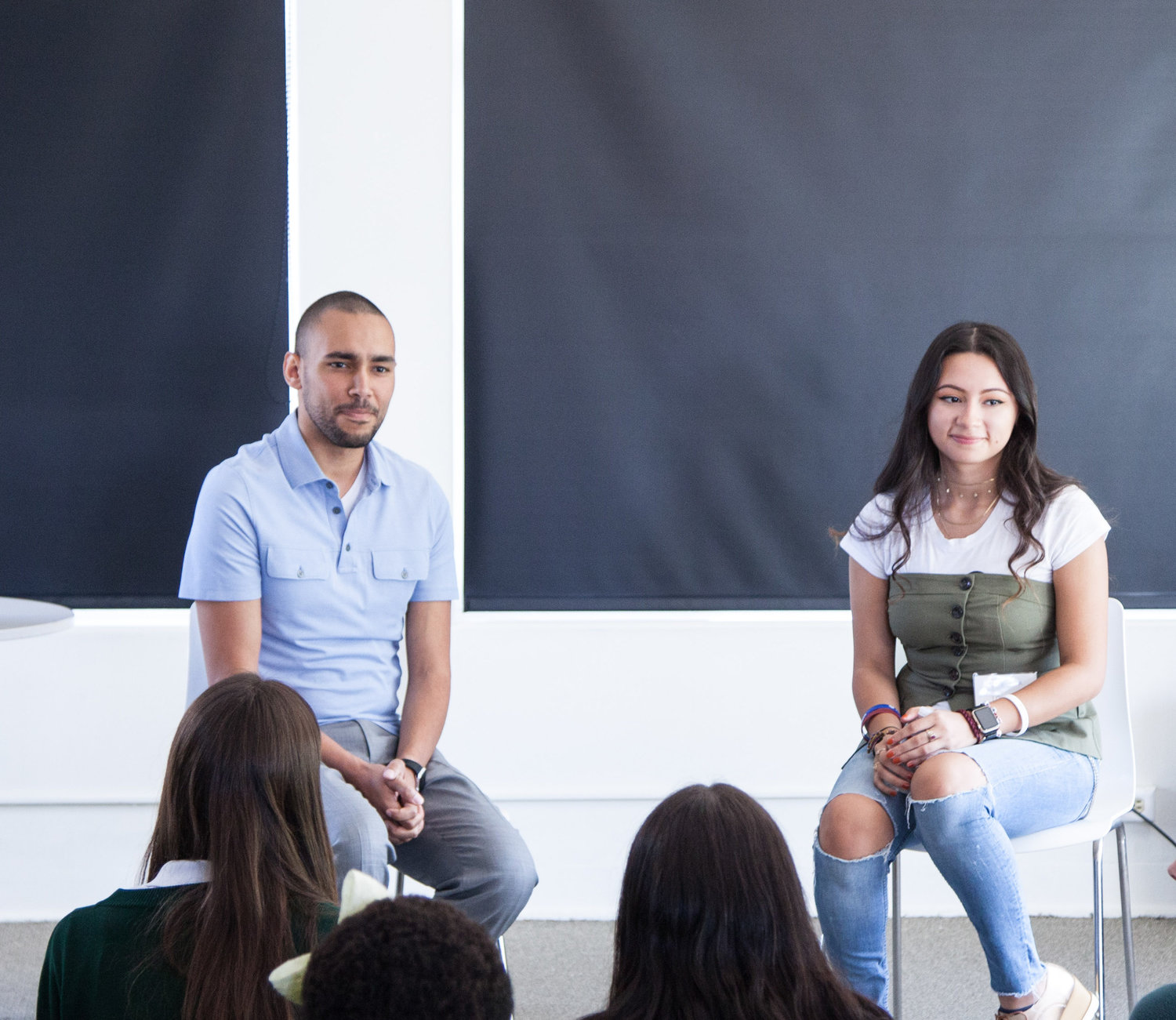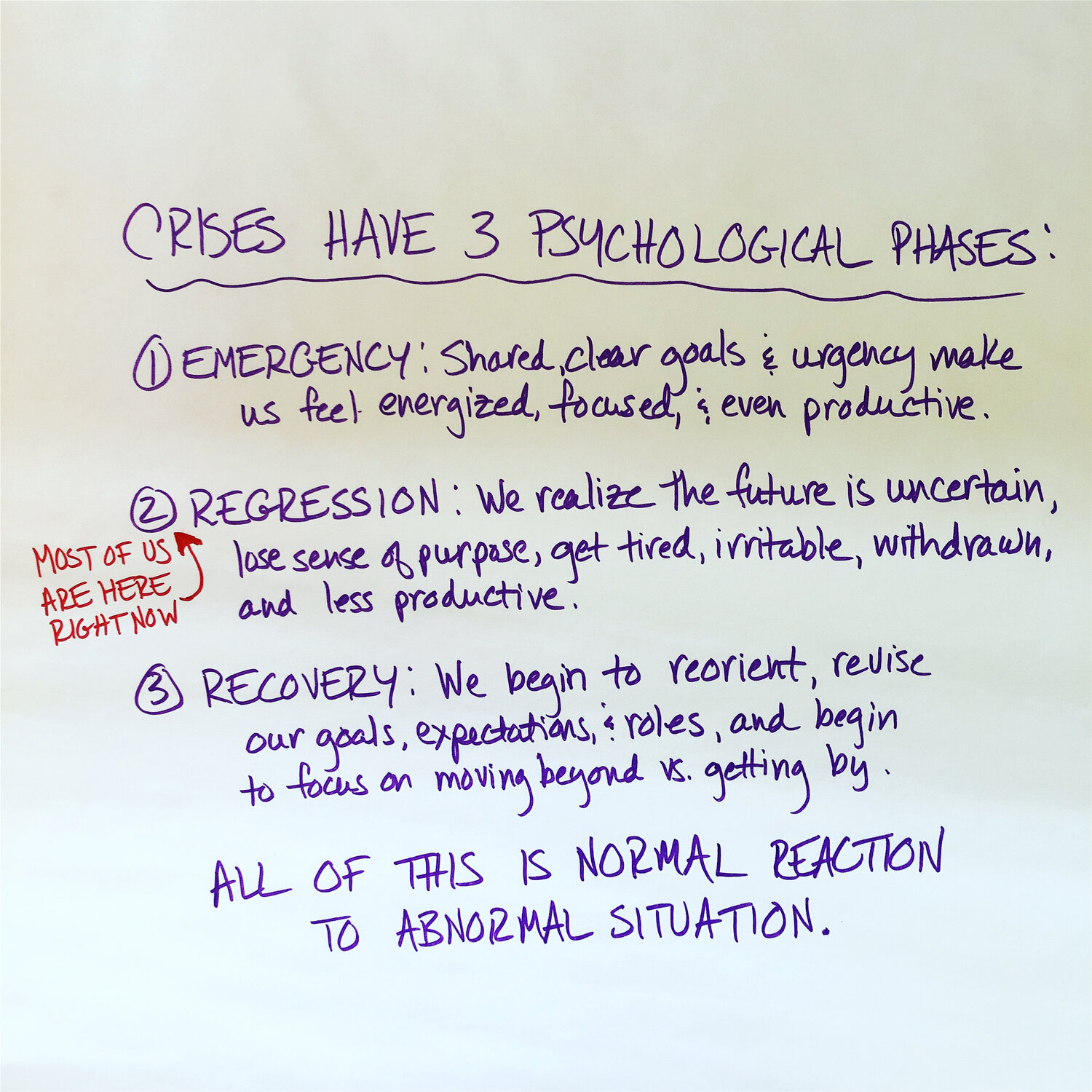An Excerpt From My Book On Community Safety: Building A Threat Resilient Culture

When the topic of threats comes up, our first thought is often active shooters and bomb threats. These are the really big, really scary challenges that can occupy people’s minds and attention. While these are indeed threats, there are many more that arise on a school campus. Other threats might look like students who are developing eating disorders, students who are experiencing divorce or turmoil in their family, students who are being bullied, students who are bullying, students who are faced with failure for the first time, students who miss opportunities to get into college or who fail to perform at the level that they believe they can. These more isolated, commonplace, and comparatively manageable threats can serve almost as a practice environment for the ones that could threaten our entire community.
Our first challenge is to develop a mechanism by which students, faculty, staff, parents, board members, neighbors, neighborhood passers-by, and the squirrels in the trees can notify us when there is a concern within the community. Again, this means we're looking for concerns that are impacting a single student, a few students, or even all of our students. The mechanism for this reporting can range from a suggestion box hung on the wall to technological platforms like apps or websites. It doesn't really matter what mechanism you use, so long as it fits your community, your culture, your process and that everyone on campus knows how to report. It's also important to consider that depending on the type of culture you are working with, you may or may not wish to have an anonymous platform for reporting and receiving threats. There are a variety of pros and cons to each, and the complexities of that decision will not be discussed in this particular resource. However, I would invite you to explore this decision based on your community and what feels appropriate.
Now, imagine a situation where you have a student who is in the 7th grade. The student has 12 people that they interact with on a daily basis at school. Each of the 12 people might detect something a little bit different about that student over the course of a day, a week, or even an entire school year. If those changes are the typical and positive ones that occur in schools, like the student is advancing in their ability to problem-solve, troubleshoot, build relationships, or deepen their educational and academic knowledge, then those differences can and will be celebrated at an individual level and perhaps even at a group level. That group might come together and say “Hey, student, you're doing a great job, here is a cookie!” That said, if those differences are even potentially problematic, it's important that you empower those 12 people to communicate amongst one another and determine if there's actually a challenge, or a threat. In many cases, an art teacher will detect differences in how a student is drawing or creating art but may or may not realize that there's more to the story than what meets their eye. Similarly, a Dean or advisor might notice that there is something not quite right about how the student is interacting with their peers. These changes can be very subtle, but they become much easier to detect when you're piecing together the whole puzzle of an individual, rather than scrutinizing a single part.
Many schools have a student support team (SST) that comes together to review student academic progress throughout the year. These teams will detect things like grade slippage or an overburdened course load that could point to social or emotional challenges a student might be experiencing. These SST teams, though, can also be on the lookout for students who need extra support. Let's take that same student from before and imagine for a moment that they had some artwork that was different than normal and included some frightening images. That same student has stopped showing up for college advisory meetings and didn't respond to their friend's request for them to show up. That same student failed a test. That same student has been to the health office eight times in the last 10 days. Interestingly, that student had only been to the health office twice before in the entire school year. You can start to see that this combination of unusual behaviors suggests that the student is in some trouble. Again, as we look at this in the context of threats, I'm not suggesting that this student is going to become an active shooter. I am suggesting that this student might have something going on at home, might have a social and emotional conflict brewing, or maybe is simply calling out for help because they're stressed and scared about the next step in the college admissions process.
Now let's imagine that this student has a really tight-knit friend group who is aware of some home-based challenges that the student is experiencing. Their parents are going through a really rough divorce. The friend group goes to that suggestion box on the wall and drops in a card that says our friend needs some help. Perhaps that's all they tell you. But that is enough to reach out to the counselor, the dean, and the art teacher to say “Hey, have you heard anything that's a little bit different about this student?”
When each individual shares their story or their perception of where a student is coming from, we're able to identify the support that a student needs and begin to apply it. These conversations become links in the chain of preventing school-based violence and other negative events from occurring on school campuses. This interconnected chain will become the reason for the confidence that you have in your community’s ability to detect and respond to threats.
The reality is, sometimes you miss these concerns. You miss them because they're too difficult to detect, or you miss them because nobody speaks up. Most threats, however, do not appear suddenly or without buildup. They are the culmination of a series of events that led up to one moment. Building a strong, interconnected mechanism to identify challenges and provide support for them is an essential aspect of protecting your community.
As this escalates, you might find that this student stops coming to school together. Or perhaps, the student drops out of the orchestra practice that they've been so excited about since they started at your school. Another indicator that something's wrong. What’s your next step? Develop this threat assessment team by calmly reaching for a piece of paper now so you can follow along through the next section.



